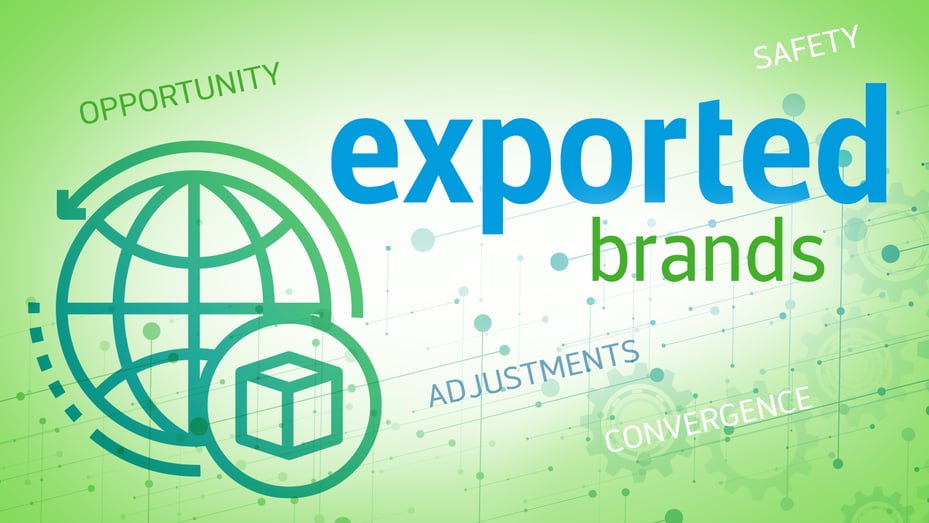
Tips for Regulatory Affairs: Working with exported brands
|
Product Lifecycle Management
|
Food & Beverage
Posted By:
Trace One

Exporting is a great business opportunity, especially when R&D can introduce existing products without having to re-invent the product. It’s rarely a simple process, however, especially for Regulatory Affairs, who frequently face a lack of unified compliance and regulation across borders and regions. These inconsistencies and differing regulatory definitions make it challenging for Regulatory Affairs to work with exported brands.
Here are some tips to resolve some of the challenges you might face:
Research definitions closely
It’s not uncommon for two definitions to be radically different in separate regions. Nor is it unheard of for two definitions to exist within a single environment.
Serious attention to detail is a must. Regulatory Affairs should be familiar with or able to access, identify, and understand the rules and guidelines established in different markets. Being able to quickly contrast differences between regions and assimilate knowledge protects the consumers and companies when bringing an existing brand into a new market.
Recognize cultural norms and expectations
Products, ingredients, and terminology differ from region to region. This not only includes cultural and religious practices, but also a region’s familiarity with a product, recipe ingredient, or phrase. Being familiar with what consumers and regulators expect within a given market is the best way to determine appropriateness when exporting.
Keep labels and paperwork organized
Safety is always a top priority.
Months of hard work can be lost due to a mislabeled product, and this is especially true for exported brands. Early and frequent engagement along with orderly records of different markets helps Regulatory Affairs verify labels in a timely fashion. This is especially true when interpretation issues are present across multiple markets. Keeping files and labels organized prevents confusion, mistakes, and improves time to market, especially for exported brands.
Anticipate variance
Products and marketing campaigns will likely need some adjustments to satisfy regulations and expectations in different markets.
Developing a strong understanding of the brand, the region, and expectations along with healthy relationships to internal and external stakeholders allows Regulatory Affairs to recommend appropriate alternatives. This includes recipe changes, marketing terminology, and labelling practices.
Use technology to manage regulatory compliance for exported brands
Before any decision can be made, Regulatory Affairs needs to understand the complexity of the outcome. Modern technology allows organizations to make better decisions.
Certain solutions, like Trace One's Trace One Regulatory Compliance, increase the speed at which organizations can access and share important information from different regions. Trace One Regulatory Compliance’s regulatory data library affords regulatory insights from around the globe, letting Regulatory Affairs quickly research and compare existing brands to a variety of new markets. Additionally, Trace One Regulatory Compliance can be configured to alert Regulatory Affairs of upcoming changes in specific markets, allowing compliance professionals to anticipate impact and develop a successful strategy.
Make use of modern compliance tools and practices to access new markets
Having a global presence can have a major impact on a brand. In order to quickly and safely unlock these benefits, compliance professionals should incorporate technology and best practices. Enabling modern knowledge-sharing options and process oversight ensures compliance and allows Regulatory Affairs to stay involved at all stages.
To find out more about leveraging technology with modern compliance practices or other compliance strategies, reach out to start a conversation with one of our experts.